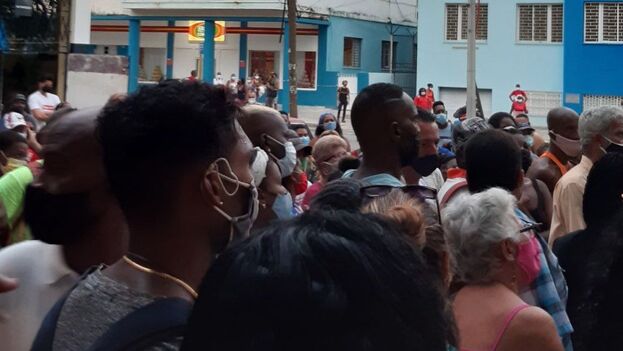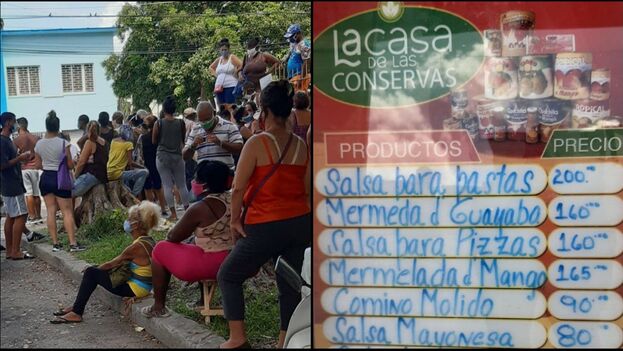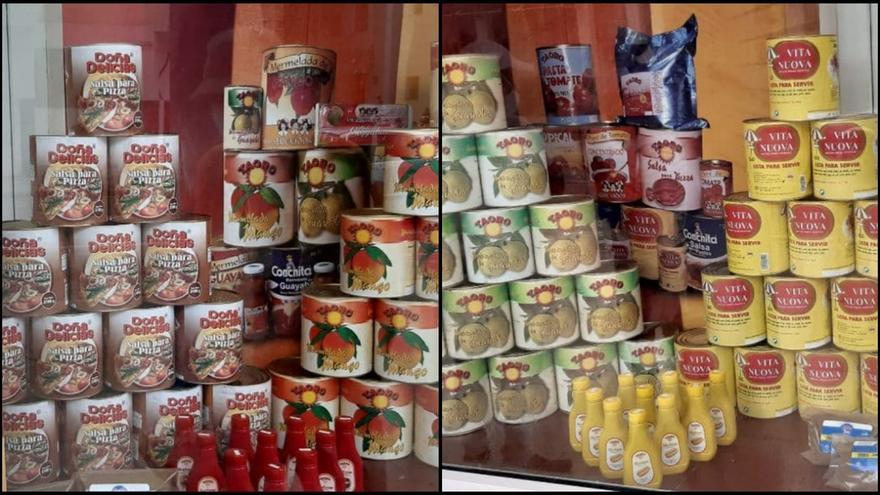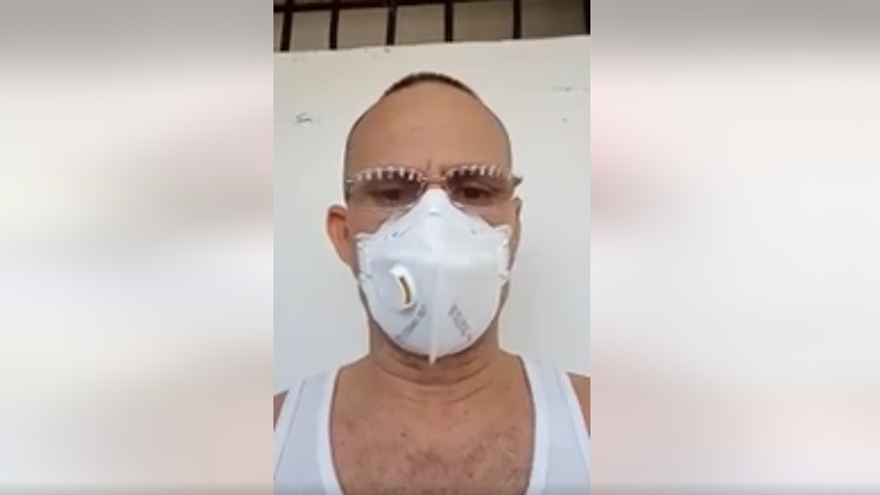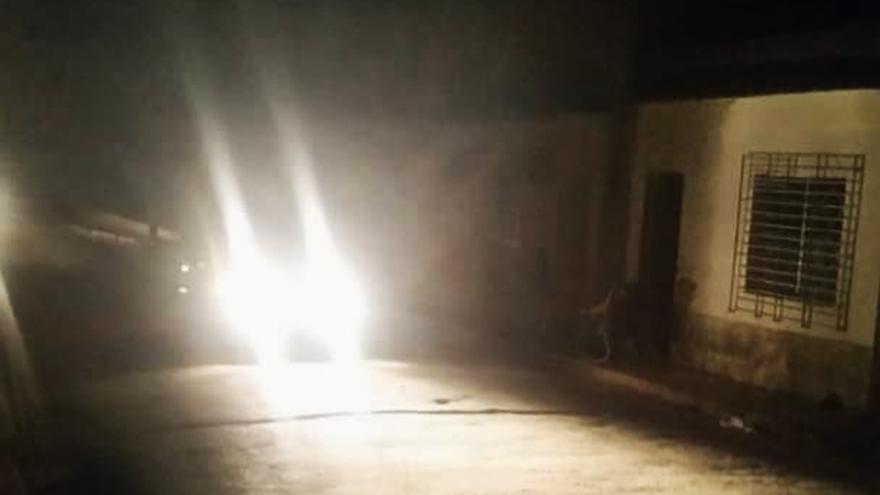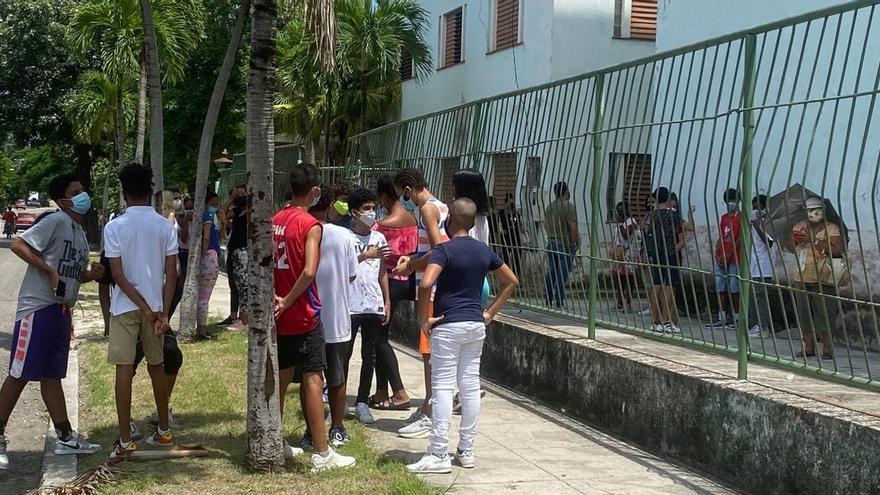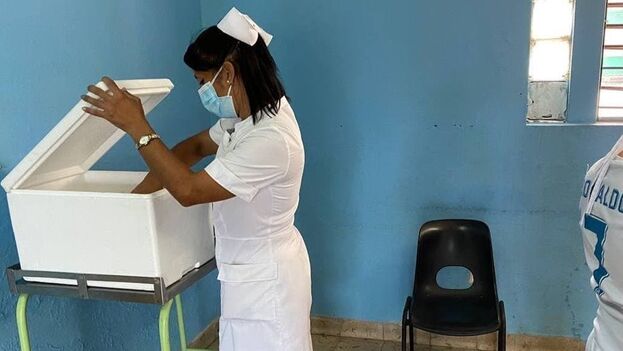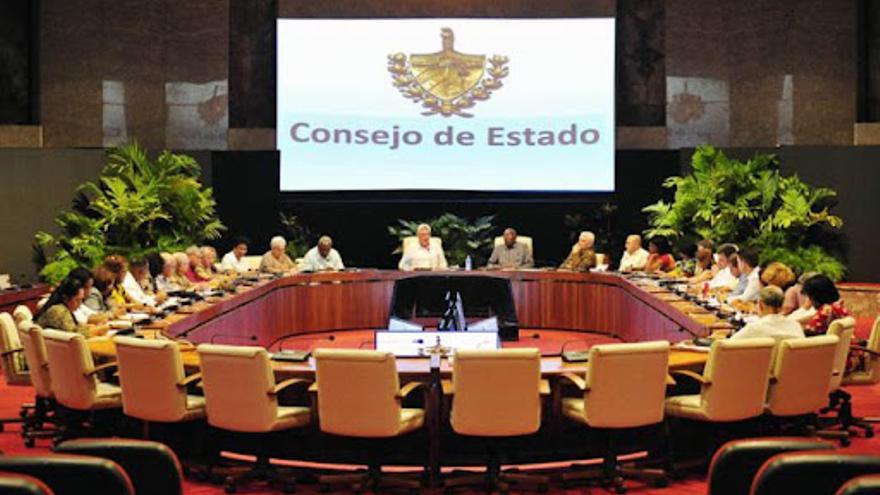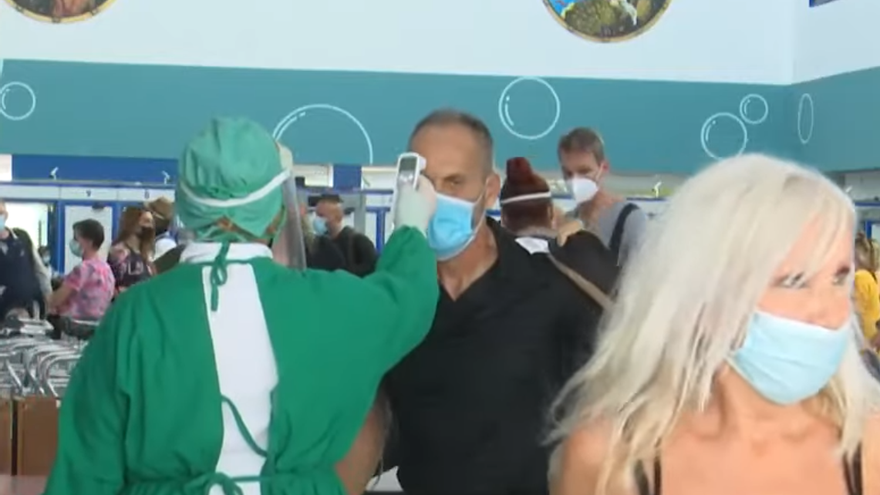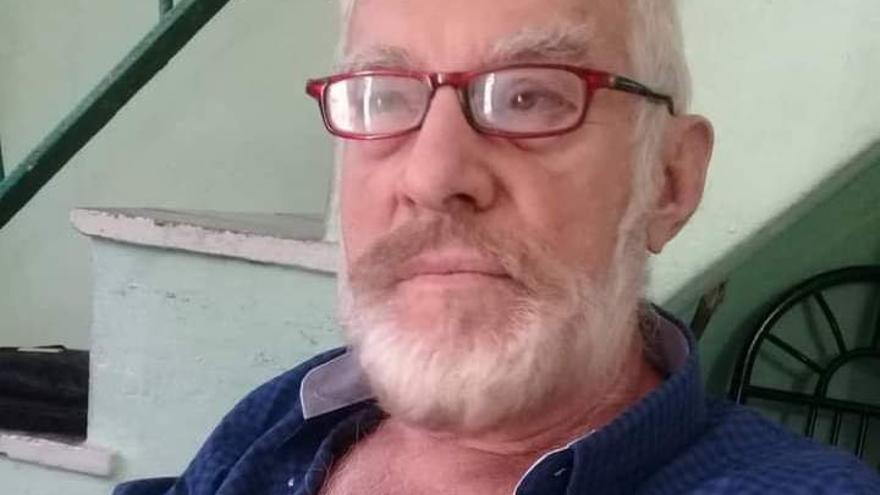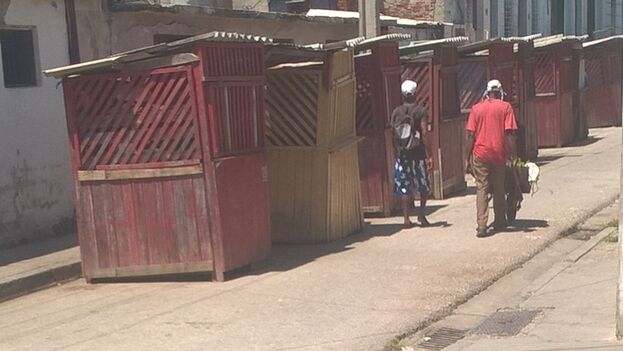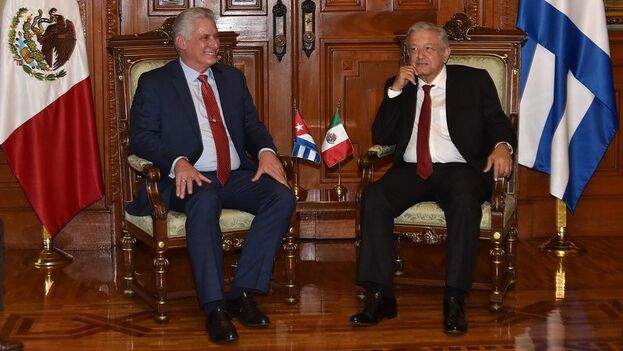
![]() 14ymedio, Yoani Sanchez, Generation Y, Havana, 15 September 2021 – salsa dancing or smiling with several Hollywood actors, this was Miguel Díaz-Canel’s look three years ago during a visit to New York. Now, cornered by the complaints after violently repressing the July 11th protests, the Cuban president finds himself isolated on the international scene, a repudiation from which Andrés Manuel López Obrador’s invitation to Mexico attempts to extract him.
14ymedio, Yoani Sanchez, Generation Y, Havana, 15 September 2021 – salsa dancing or smiling with several Hollywood actors, this was Miguel Díaz-Canel’s look three years ago during a visit to New York. Now, cornered by the complaints after violently repressing the July 11th protests, the Cuban president finds himself isolated on the international scene, a repudiation from which Andrés Manuel López Obrador’s invitation to Mexico attempts to extract him.
When the citizens of that neighboring country celebrate the date of the Grito de Dolores on Thursday, a graying and grim figure will be among the guests at the commemoration. In just two months — since he insisted on national television that he was ready “for anything” and that “the combat order is given,” in a call to crush the protesters – the official-propaganda-imposed image of the pragmatic engineer has been shattered.
Although, since his occupation of the presidential chair, Díaz-Canel has been surrounded by criticism of not having been elected at the polls, the president came to enjoy the sympathy of those who were relieved that, at least, “his name is not Castro.” The political cabals mention him as a man from a generation with less guilt and “without bloodstained hands,” unlike his predecessors.
However, the same headlines of the newspapers that until recently called it a respite in the long family dynasty that has controlled this Island for more than half a century, now broadcast images of the police beating unarmed citizens, their fists raised in the cry continue reading
The entire publicity arsenal aimed at showing Díaz-Canel as an efficient, popular and modern administrator was inoperative after that day that divided contemporary Cuban history into two parts. Since then, the leaders who used to shake his hand, smile with him for the family photo or pat him on the back in meetings of international organizations, now flee from him and rebuke him.
Only López Obrador has extended an invitation to this president whose people told him loud and clear that they do not want him and who responded with the arrogance of one who feels that he should not apologize, amend his course or give up his position to another. What is this gesture of the leader of Mexico’s Morena Party about? Is it in payment of an old ideological debt? Is he looking to inconvenience his political adversaries or a neighboring government? Was the request born in the Plaza of the Revolution in Havana and the Mexican could only say “yes”?
Aware that his trip raises criticism and suspicion, the man who is also the First Secretary of the Cuban Communist Party has preferred keep the details of his agenda under a cloak of secrecy. Information on the place or time when he will participate as a speaker in the Mexican national holidays has not even been offered. A mystery that seeks to avoid public rejection not only by hundreds of Cuban emigrants who are already organizing to reject his visit, but also by many other Mexicans who are in solidarity with the cause of democratic change on this island.
From the main focuses and starring lights of his tour of Russia, Ireland and Belarus a few years ago, Díaz-Canel will avoid journalists, and escape from public presentations and rope lines to prevent the uncomfortable image of another invited guest who shuns his greeting or leaves him with his hand in the air. It is a dangerous choreography, because rudeness and protest can await one anywhere.
The warmth and sympathy that his host professes will also clarify much of this trip: whether it is a simple formality or a resounding political endorsement of a dictator rejected by his people, a man who called for a fratricidal confrontation for which, hopefully, one day he may be tried in national or international courts. The number of yards that separate the two rulers in the main act, whether or not López Obrador mentions the Cuban, even the number of hours that he spends in Mexican territory, will all be very revealing. We will have to be attentive to each of these rituals.
But also, we will have to look towards the interior of the island in the absence of Díaz-Canel. His unpopularity is not unrelated to the “wolves of the pack” who are vying for power in Cuban. As soon as they feel that keeping him in the presidential chair endangers their control over the country, they will dispense with this Villa Clara engineer, a man unable to string three sentences together without making it sound like a boring litany dictated by others.
This trip may be designed to clean up his image outside of national borders, but it also risks things getting out of control at home. Be that as it may, López Obrador has chosen the sad role of supporting a man who will go down in Cuban history as a puppet who, on the day he could have cut the strings and acted with the greatness of a statesman, preferred repression. The old practice of the Castros, of the blow and the gag.
____________
COLLABORATE WITH OUR WORK: The 14ymedio team is committed to practicing serious journalism that reflects Cuba’s reality in all its depth. Thank you for joining us on this long journey. We invite you to continue supporting us by becoming a member of 14ymedio now. Together we can continue transforming journalism in Cuba.

